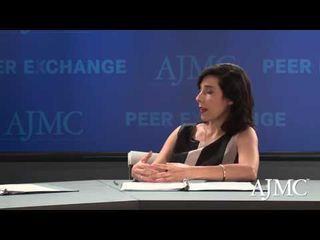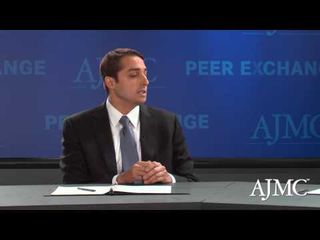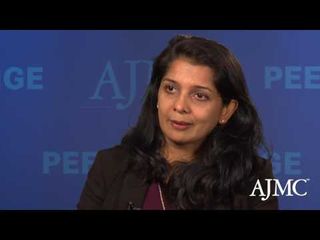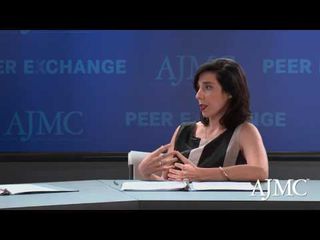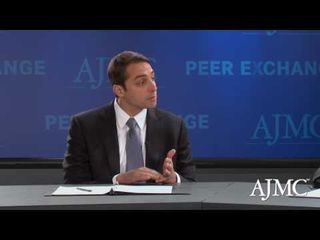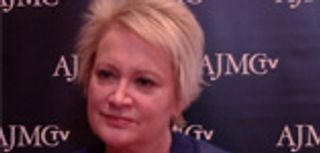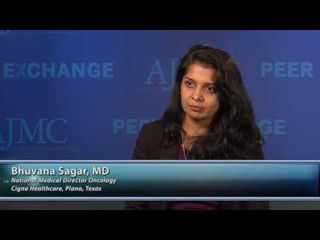
Technology
Latest News
Latest Videos

CME Content
More News
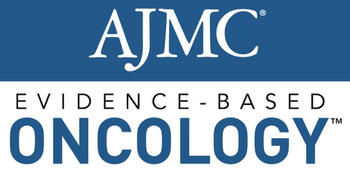
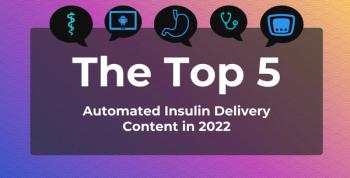
Content published on AJMC.com focusing on automated insulin delivery devices over the past year highlighted utilization of these devices by age, compared different types of systems, looked at barriers to uptake, and examined equity issues standing in the way of access.

Kyle Lamb, MD, associate medical director of population health at Vancouver Clinic, discusses how super-utilization trends have changed since the start of COVID-19, the necessity of transitional care in implementing value-based medicine, and how technology can decrease super-utilization.
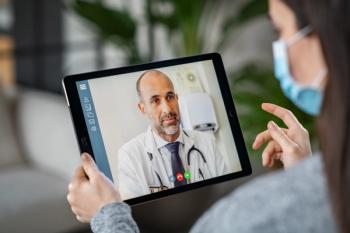
Abstracts from the American Epilepsy Society annual meeting show that telemedicine is capable of meeting the needs of patients with epilepsy, and that the patient portal accessibility for patients experiencing high social vulnerability index needs further research.

Initial data on NTLA-2001, which is a novel investigative intravenous agent that works to prevent development of cardiac transthyretin (ATTR) amyloidosis by targeting the TTR gene and TTR protein levels, were presented at this year’s American Heart Association’s Scientific Sessions in Chicago.

This paper follows the 10-year remission mark for the first child treated with CD19-targeted CAR (chimeric antigen receptor) T-cell therapy for B-cell acute lymphoblastic leukemia (B-ALL), adding promise to the notion that the technology can provide long-term durable remissions in patients who are highly refractory to chemotherapy.

Predictive analytics–driven disease management outperforms standard of care among patients with chronic heart failure.

Health plans can gain efficiencies and improve quality by connecting to health information networks and incentivizing hospital and provider participation as part of pay-for-performance programs.

Intravenous (IV) robotic technology brings advantages for pharmacy staff, but there are also accuracy issues with the technology. In addition, this technology will not be replacing a pharmacy technician job, said Scott Soefje, PharmD, MBA, BCOP, FCCP, FHOPA, director of pharmacy cancer care and assistant professor of pharmacy, Mayo Clinic.

Interviews with chief financial officers of rural hospitals revealed that they perceived telehealth to have some financial advantages; however, they did not believe that telehealth improved their hospitals’ financial situations.

During an Institute for Value-Based Medicine® event held in New York City, Samyukta Mullangi, MD, MBA, fellow in medical oncology at Memorial Sloan Kettering Cancer Center, discussed how disruptions from the COVID-19 pandemic are ushering in health care delivery reform.

The risk of experiencing symptoms of postpartum depression may be higher in women who give birth after unintended pregnancies vs those who get pregnant intentionally, according to a recent study.

Melissa O'Connor, PhD, MBA, RN, FGSA, FAAN, endowed professor in community and home health nursing, M. Louise Fitzpatrick School of Nursing, Villanova University, and director, Gerontology Interest Group, addressed barriers related to access, cost, and knowledge impeding technology use in home health.

Abstracts show that institutions can make internal changes to drive the use of biosimilars and that successful biosimilar-to-biosimilar switching is based on patient-related factors.

Continuous glucose monitoring (CGM) systems have been shown to improve glycemia for individuals with type 1 diabetes (T1D), but they are not nationally funded in New Zealand.
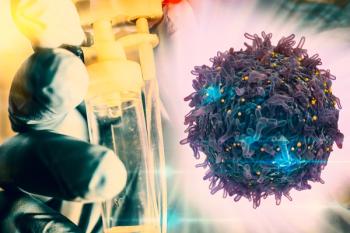
A new study has found that a drop in serum inorganic phosphate (iP) was an early predictor of severe cytokine release syndrome (CRS), suggesting that monitoring serum iP levels could help promote safer management of the most common toxicity associated with chimeric antigen receptor (CAR) T-cell therapy.
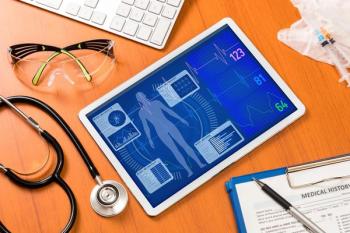
Serum bicarbonate level also did not appear to affect the accuracy of real-time continuous glucose monitoring (rtCGM) in pediatric diabetic ketoacidosis (DKA).

A new report highlights the role at-home care played for geriatric patients during the COVID-19 pandemic.
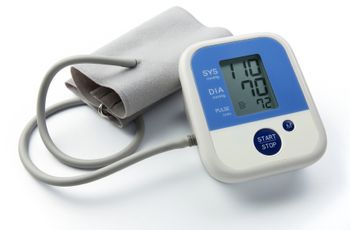
Researchers investigated outcomes following implementation of remote care that targeted effective control of hypertension, or elevated blood pressure (BP), and cholesterol management.
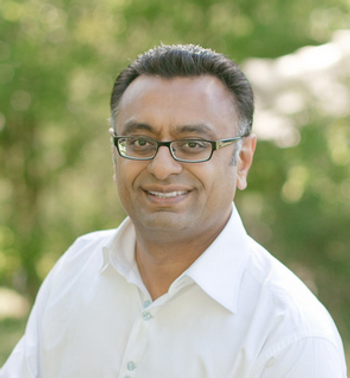
Artificial intelligence (AI) could help drive accurate and effective risk adjustment in value-based care plans.

A prospective study found that patients and providers saw benefits while using a virtual assistant integrated into a teledermatology program.

There is a major role for telehealth in oncology care, not only for its convenience but also for giving clinicians the ability to scale nononcologic visits, explained Emeline Aviki, MD, MBA, FACOG, assistant attending gynecologic cancer surgeon at Memorial Sloan Kettering Cancer Center (MSKCC) in New York City and lead of the MSKCC Affordability Working Group.

Although automated insulin delivery systems have gained traction in type 1 diabetes, further research is needed to determine the feasibility of using such systems for patients with type 2 diabetes.

While immunocryosurgery is known to be effective against primary nonsuperficial basal cell carcinoma (BCC), there is less data on its effectiveness in relapsed BCC.
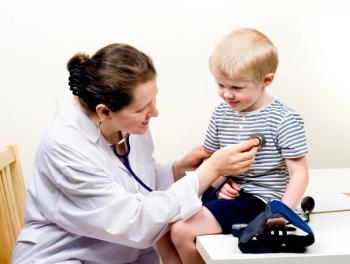
The child living with spinal muscular atrophy (SMA) type 2 had less fatigue and improved functional scores as time went on.






